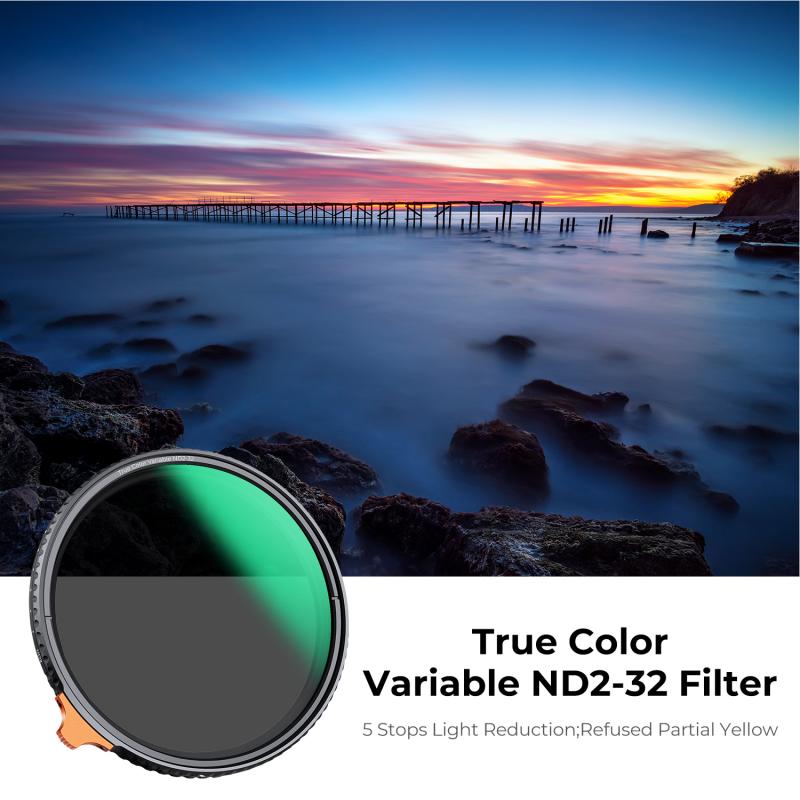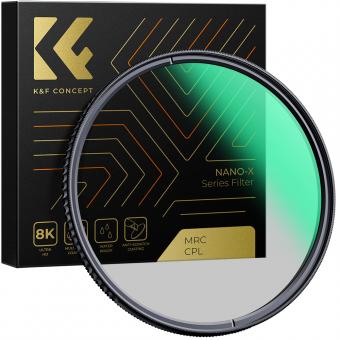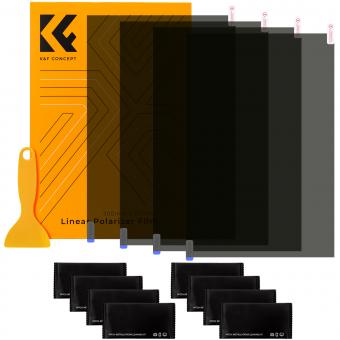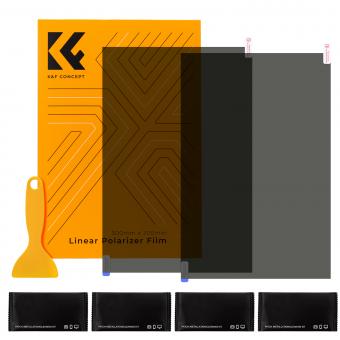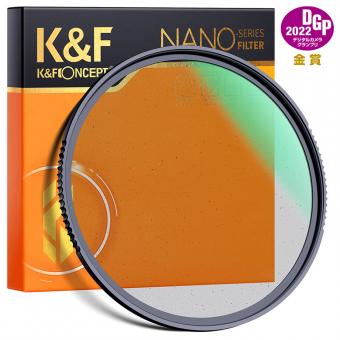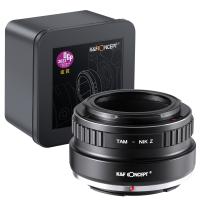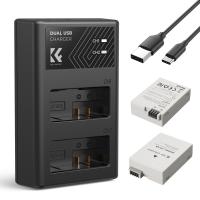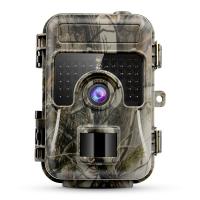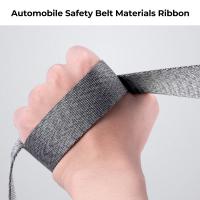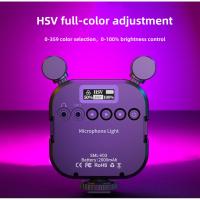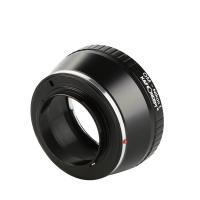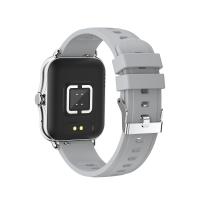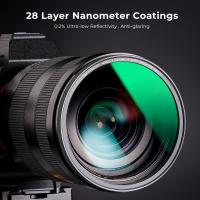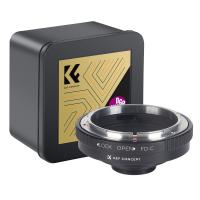How To Choose A Polarizing Filter ?
When choosing a polarizing filter, there are a few factors to consider. First, determine the size of the filter that will fit your lens. Check the diameter of your lens and make sure to choose a filter with the corresponding size.
Next, consider the type of polarizing filter you need. There are two main types: linear and circular. Linear polarizing filters are generally used with manual focus cameras, while circular polarizing filters are designed for autofocus cameras.
Additionally, think about the quality of the filter. Look for filters made from high-quality materials that minimize reflections and maintain image sharpness. Consider filters with multi-coating to reduce flare and ghosting.
Lastly, consider your budget. Polarizing filters come in a range of prices, so choose one that fits your budget while still meeting your quality requirements. It's worth investing in a good filter to ensure optimal image quality.
1、 Types of Polarizing Filters: Linear vs. Circular
How to Choose a Polarizing Filter: Types of Polarizing Filters - Linear vs. Circular
When it comes to choosing a polarizing filter for your camera, there are two main types to consider: linear and circular polarizing filters. Understanding the differences between these two types will help you make an informed decision based on your specific needs.
Linear polarizing filters were the original type of polarizers used in photography. They work by blocking certain light waves, reducing glare and reflections, and enhancing color saturation. However, linear polarizers can interfere with the autofocus and metering systems of modern cameras, which is why circular polarizing filters were introduced.
Circular polarizing filters are designed to overcome the issues that linear polarizers can cause with autofocus and metering. They consist of a linear polarizer combined with a quarter-wave plate, which converts the linearly polarized light into circularly polarized light. This allows the filter to be used with autofocus and metering systems without any negative effects.
In terms of image quality, both linear and circular polarizing filters can produce excellent results. However, circular polarizers are generally recommended for most photographers due to their compatibility with modern camera systems.
When choosing a polarizing filter, it is important to consider the size and thread diameter of your camera lens. Polarizing filters come in various sizes, so make sure to select one that matches your lens diameter or invest in a step-up or step-down ring to adapt the filter to your lens.
Additionally, consider the quality of the filter. Look for reputable brands that offer high-quality optics and multi-coating to minimize reflections and maximize light transmission. Investing in a good quality polarizing filter will ensure better image quality and durability.
In conclusion, when choosing a polarizing filter, opt for a circular polarizer for compatibility with modern camera systems. Consider the size and thread diameter of your lens, and invest in a high-quality filter for optimal results.

2、 Filter Size Compatibility with Camera Lens
When it comes to choosing a polarizing filter for your camera lens, there are a few factors to consider. One important aspect is the filter size compatibility with your camera lens.
Filter Size Compatibility:
The first step is to determine the filter size of your camera lens. This information can usually be found on the front of the lens or in the lens specifications. The filter size is typically indicated in millimeters (e.g., 52mm, 67mm, 77mm). It is crucial to choose a polarizing filter that matches the filter size of your lens to ensure proper attachment and functionality.
If you have multiple lenses with different filter sizes, you may consider purchasing a step-up or step-down ring. These rings allow you to adapt a larger or smaller filter size to fit your lens. However, it is important to note that using step-up or step-down rings may cause vignetting or reduce the field of view, especially when using wide-angle lenses.
The latest point of view on filter size compatibility is that many camera manufacturers are now standardizing filter sizes across their lens lineup. This means that lenses within the same brand and series often have the same filter size, making it easier to switch filters between lenses. However, it is still essential to double-check the filter size compatibility before making a purchase.
In conclusion, when choosing a polarizing filter, filter size compatibility with your camera lens is a crucial factor to consider. Ensure that the filter size matches your lens or use step-up/down rings if necessary. Keeping up with the latest developments in filter size standardization by camera manufacturers can also be beneficial.
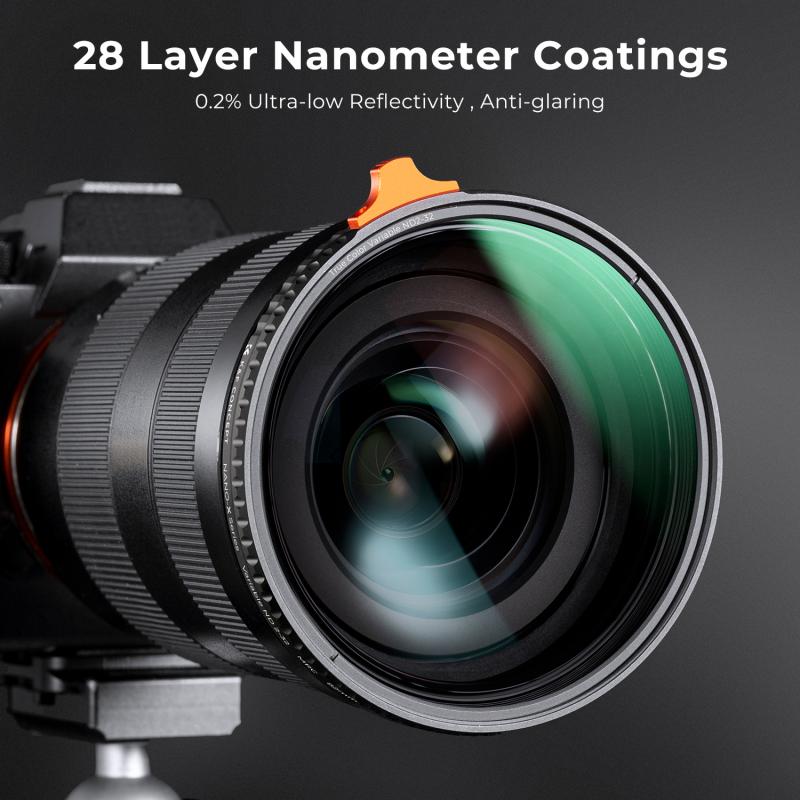
3、 Optical Quality and Coating of the Filter
When it comes to choosing a polarizing filter, there are several factors to consider. One of the most important aspects is the optical quality and coating of the filter.
Optical quality refers to the clarity and sharpness of the filter. A high-quality polarizing filter will have excellent optical properties, ensuring that it does not degrade the image quality. Look for filters made from high-quality materials and with precision manufacturing techniques to ensure optimal optical performance.
Coating is another crucial factor to consider. A good polarizing filter should have a multi-coating or a high-quality coating that reduces reflections and flare. This coating helps to minimize unwanted reflections and ghosting, resulting in better image contrast and color saturation. Additionally, a good coating also makes the filter easier to clean and more resistant to scratches.
It is worth noting that advancements in technology have led to the development of newer types of polarizing filters. For instance, some filters now come with nano-coatings that offer even better performance in terms of reducing reflections and improving image quality. These filters are often more expensive but can provide superior results, especially in challenging lighting conditions.
In conclusion, when choosing a polarizing filter, it is essential to consider the optical quality and coating of the filter. Look for filters with excellent optical properties and high-quality coatings to ensure optimal image quality. Additionally, keep an eye out for newer advancements in filter technology, such as nano-coatings, which can offer even better performance.
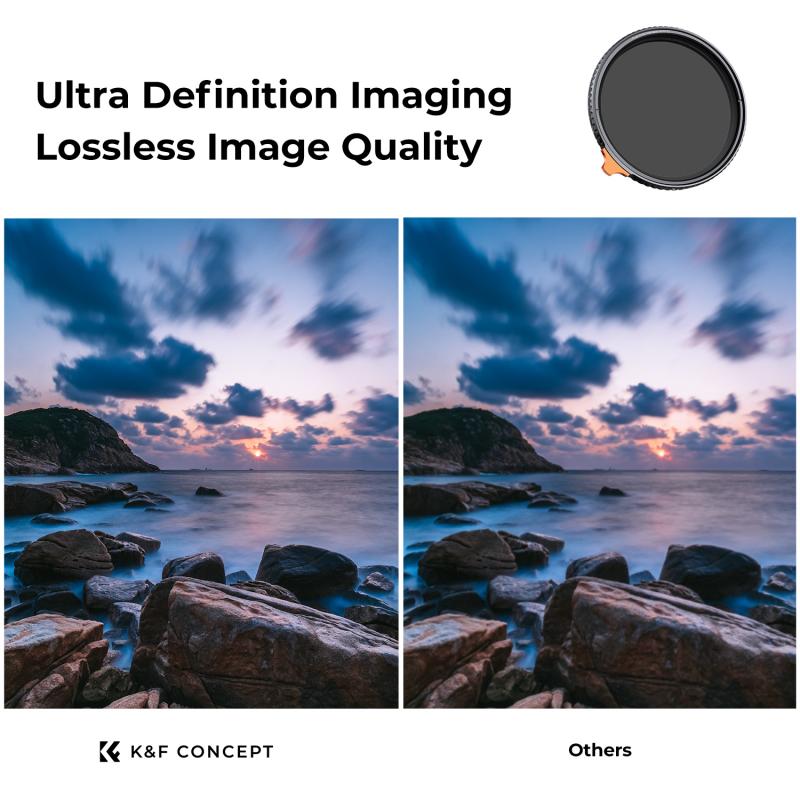
4、 Effectiveness in Reducing Glare and Reflections
When it comes to choosing a polarizing filter, one of the most important factors to consider is its effectiveness in reducing glare and reflections. A polarizing filter is designed to block certain light waves, specifically those that are reflected off non-metallic surfaces such as water or glass. By doing so, it helps to minimize unwanted reflections and glare, resulting in clearer and more vibrant images.
To determine the effectiveness of a polarizing filter in reducing glare and reflections, there are a few key aspects to consider. Firstly, the quality of the filter is crucial. Opting for a high-quality filter from a reputable brand ensures that it is made with precision and designed to effectively block the desired light waves.
Additionally, the polarization efficiency of the filter should be taken into account. This refers to how well the filter can block polarized light waves. A filter with a higher polarization efficiency will be more effective in reducing glare and reflections.
It is also worth considering the specific needs of your photography. Different polarizing filters may have varying degrees of effectiveness in different situations. For example, if you frequently shoot landscapes with water bodies, you may want to choose a filter that is particularly effective in reducing water reflections.
Lastly, it is important to stay updated with the latest advancements in polarizing filter technology. Manufacturers are constantly improving their products to enhance their effectiveness in reducing glare and reflections. By keeping up with the latest developments, you can make a more informed decision when choosing a polarizing filter.
In conclusion, when selecting a polarizing filter, it is crucial to consider its effectiveness in reducing glare and reflections. Factors such as the quality of the filter, its polarization efficiency, and your specific photography needs should all be taken into account. Staying informed about the latest advancements in polarizing filter technology can also help you make a more informed decision.
